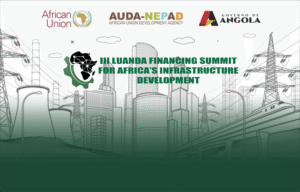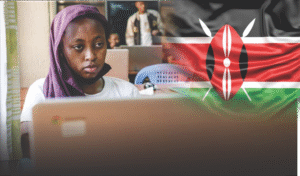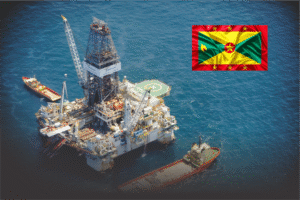Guinea-Conakry Emerges as West Africa’s Next Oil and Gas Frontier: Promise, Pressure and Potential
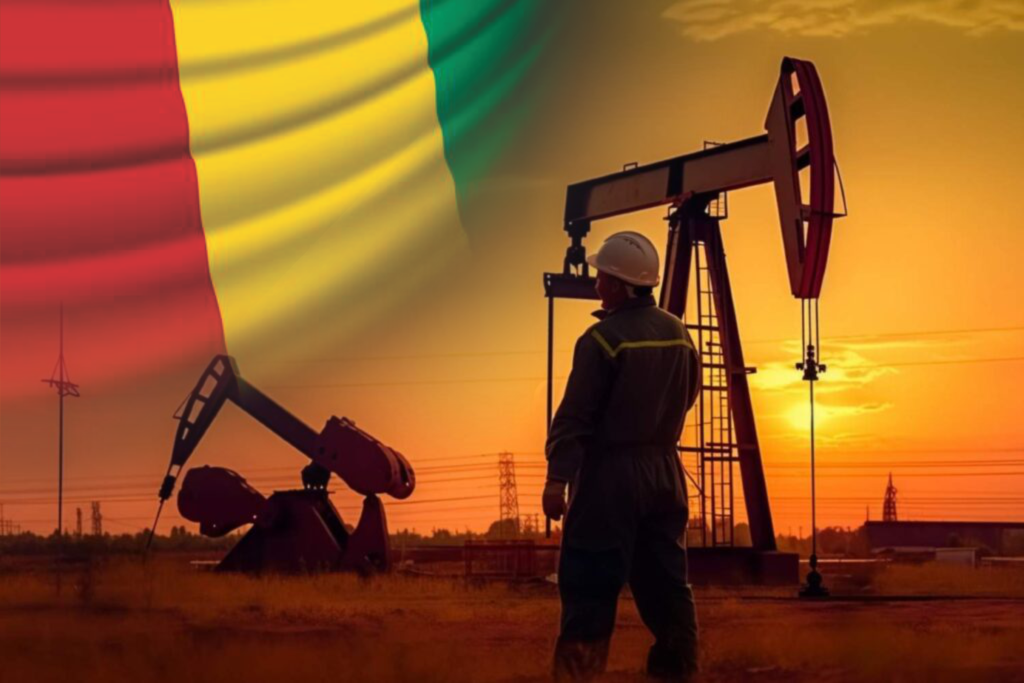
Guinea-Conakry, long recognized as one of the world’s largest exporters of bauxite, is now looking beneath its soil and its seas for a new kind of wealth. Under the guidance of its national oil company, SONAP (Société Nationale des Pétroles de Guinée), the West African nation is positioning itself as the region’s next oil and gas frontier, a move that could reshape its economy, society, and place in the regional energy landscape.
In decades, Guinea’s economy has been defined by mining. The country exported nearly 100 million tons of bauxite in the first half of 2025, feeding the global aluminum industry. Now, with early signs of petroleum potential along the MSGBC basin, which stretches across Mauritania, Senegal, The Gambia, Guinea-Bissau, and Guinea-Conakry, the nation is turning toward hydrocarbons.

Neighboring countries offer a glimpse of what’s possible: Senegal began oil production in 2024 and Mauritania joined the region’s first cross-border gas project the same year. The basin has become a new axis of energy development in West Africa, one with significant geopolitical implications.
Geologists have long noted Guinea’s similarities with Guyana and Suriname, two Atlantic neighbors transformed by major oil finds. Guinea’s Cretaceous formations and marine source rocks suggest similar potential. With 17,000 km² of seismic data already collected and new exploration wells confirming the presence of hydrocarbons, optimism is growing.
Yet, the science is only part of the story. To the Guineans, where poverty remains widespread, the question is how and for whom an oil boom might deliver change.
Founded in 2021, SONAP has quickly become the symbol of Guinea’s energy ambitions. Led by Dr. Lanciné Condé, the company has built technical capacity, opened a national seismic data center with partners SLB and TGS, and introduced governance reforms meant to attract investors while ensuring state oversight.
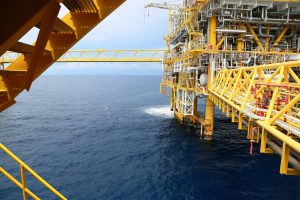
The company’s progresses including new tenders, a national petroleum cadastre, and plans for 22 exploration blocks, reflect a broader push for modernization. In April 2025, SONAP launched initiatives to meet ISO 9001 and ISO 45001 standards, signaling a desire for operational transparency and safety compliance.
The social and political stakes are high. Oil wealth has historically been a double-edged sword for many African states, bringing both prosperity and instability. In Guinea, expectations are already rising. Citizens hope that oil revenues could fund infrastructure, jobs, and public services that bauxite exports have struggled to deliver equitably.
At the same time, environmentalists and community leaders are calling for safeguards to protect coastal ecosystems and fishing communities. The tension between economic growth and sustainability is likely to shape the national conversation in the years ahead.
Guinea’s emergence also comes amid shifting global energy dynamics. As countries race to balance fossil fuel development with climate commitments, West Africa’s frontier producers are walking a fine line, seeking to industrialize while responding to global pressure for cleaner energy.
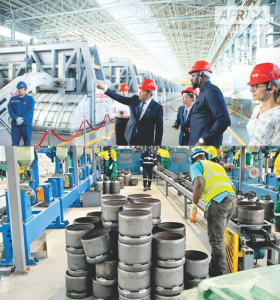
In respect to business leaders, Guinea offers an early-entry advantage. With seismic data reducing exploration risk and SONAP’s reforms improving transparency, the country could attract a wave of partnerships and investment interest.
Guinea’s energy ambitions will be in the spotlight at the MSGBC Oil, Gas & Power 2025 Conference in Dakar this December. It is a platform where SONAP will court global investors and present its case for inclusion among the region’s new producers.
Whether this new oil chapter becomes a story of shared prosperity or missed opportunity will depend on governance, foresight, and how well Guinea balances the promise of its geology with the needs of its people.
